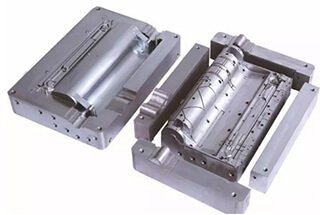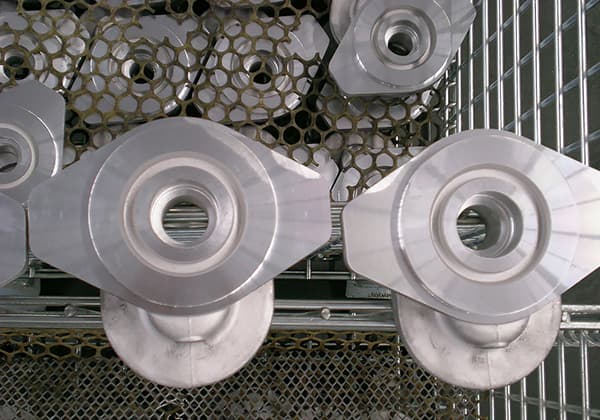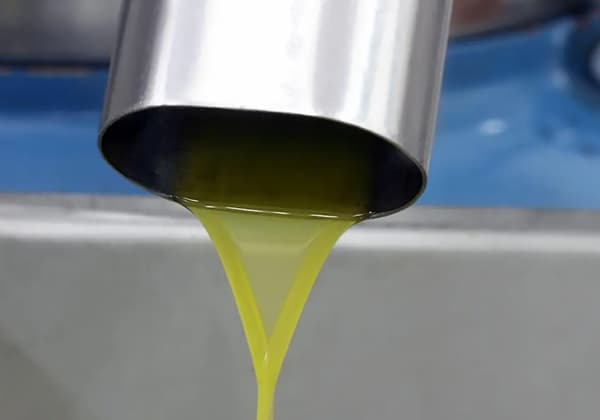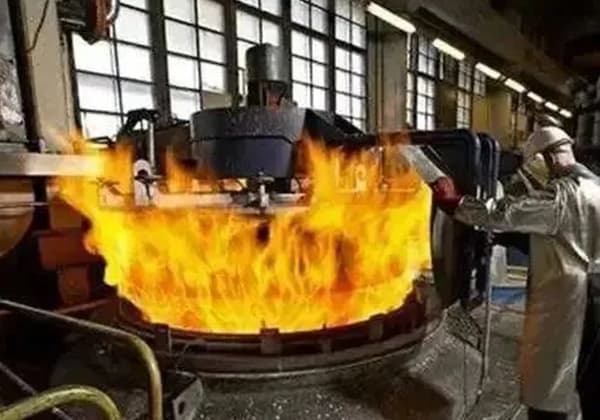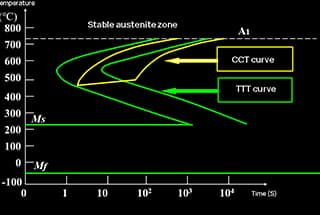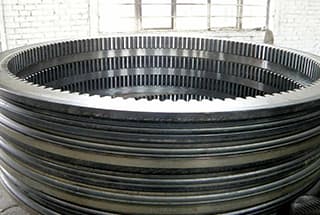
Ever wondered how to heat-treat metals without warping them? This article dives into essential techniques and tips to minimize deformation during heat treatment. From stress-relieving annealing to optimal quenching methods, discover practical steps to maintain the integrity of your metal workpieces. You’ll learn how to select the right pretreatment processes and cooling operations to ensure precision and durability in your projects. Whether you’re a seasoned engineer or just getting started, these insights will enhance your metalworking skills and outcomes.
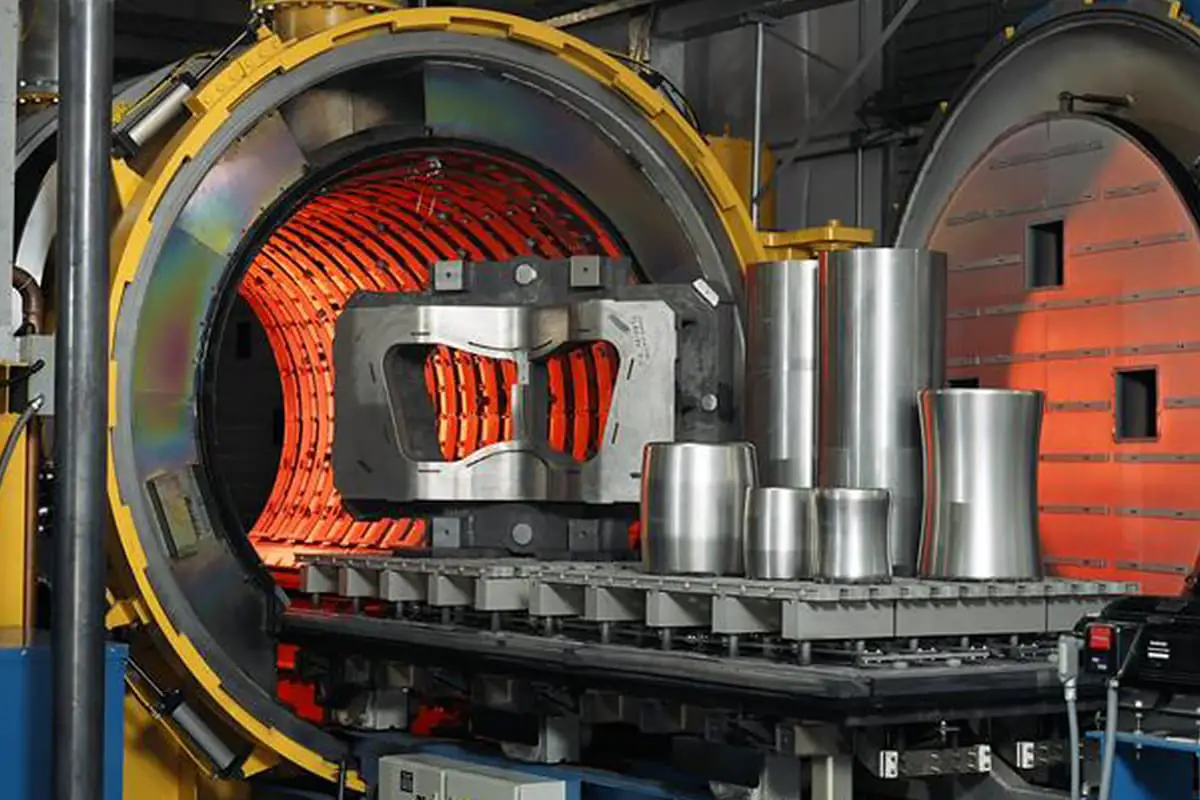
Before hardening, stress relief and preparatory heat treatment to improve the structure of the workpiece are very beneficial in reducing hardening deformation.
Pretreatment generally includes spheroidizing annealing and stress-relieving annealing, and some also utilize tempering or normalizing treatments.

During the mechanical machining process, the surface of the workpiece will generate residual stress under the influence of machining methods, back-tool consumption, cutting speed, etc.
Because of its uneven distribution, it causes the workpiece to deform during hardening. To eliminate the influence of these stresses, it is necessary to anneal the workpiece once before hardening to relieve stress. The temperature of stress-relieving annealing is generally 500-700 ℃.
When heated in an air medium, to prevent the workpiece from oxidizing and decarburizing, annealing can be done at 500-550 ℃, and the holding time is generally 2-3 hours.
Care should be taken when loading the furnace to avoid deformation caused by self-weight, and other operations are the same as general annealing operations.
This type of pretreatment includes spheroidizing annealing, tempering, and normalization, etc.
(1) Spheroidizing Annealing:
Spheroidizing annealing is an indispensable process in the heat treatment of carbon tool steel and alloy tool steel. The structure obtained after spheroidizing annealing greatly influences the tendency of hardening deformation.
Therefore, the structure after annealing can be adjusted to reduce the regular hardening deformation of some workpieces.
(2) Other Pretreatments:
There are many pretreatment methods used to reduce hardening deformation, such as tempering treatment, normalization treatment, etc.
Choosing the right normalization, tempering, and other pretreatments according to the reasons for hardening deformation and the materials used in the workpiece is effective in reducing hardening deformation.
Attention should be paid to the adverse effects of residual stress and hardness increase after normalization on machining, and at the same time tempering treatment can reduce the expansion during hardening of steel containing W and Mn, but it does not significantly reduce the deformation of steel like GCr15.
In actual production, it is important to distinguish the causes of hardening deformation, that is, to clarify whether the hardening deformation is caused by residual stress or poor structure.
Only in this way can the treatment be targeted. If the hardening deformation is caused by residual stress, stress-relieving annealing should be carried out instead of pretreatments like tempering that change the structure, and vice versa.
Only in this way can the goal of reducing hardening deformation be achieved, and the cost can be reduced, and the quality guaranteed.
The specific operations of the above various pretreatments are the same as other corresponding operations, and are not elaborated here.
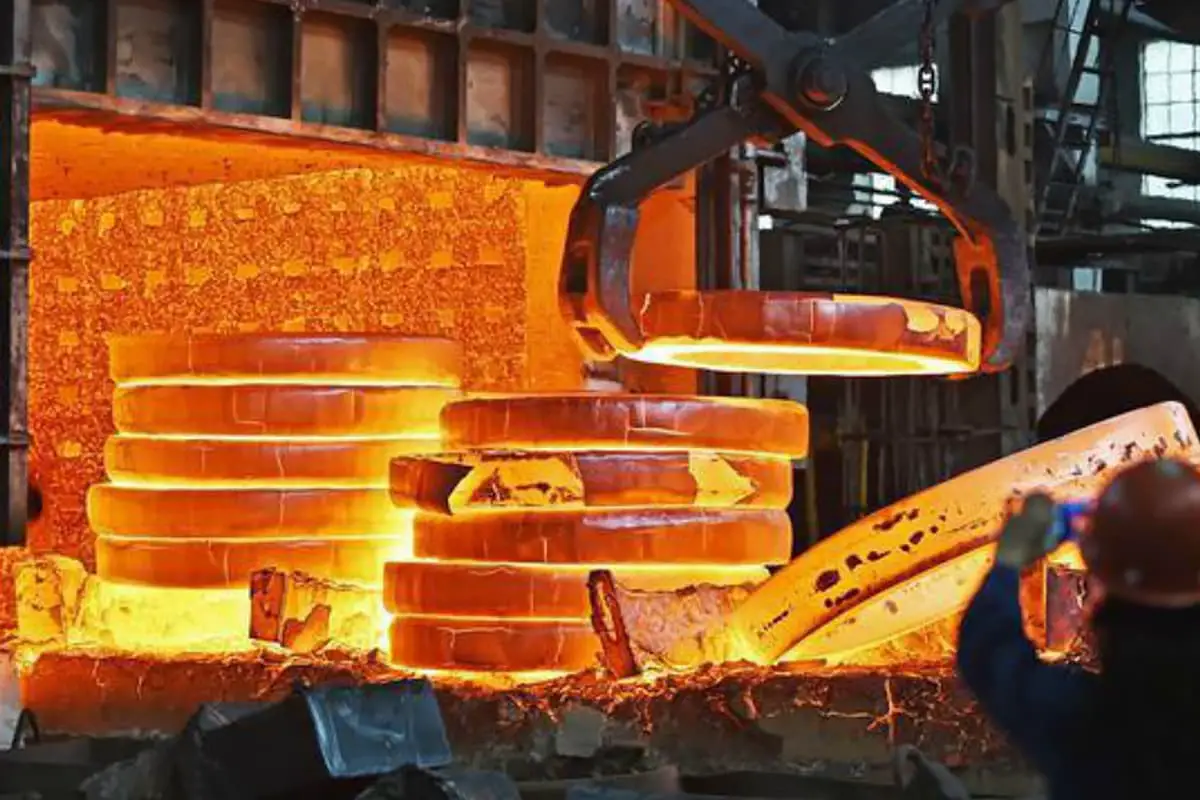
The quenching temperature greatly influences the distortion of the workpiece during quenching. The general trend of its impact on quenching distortion is shown in the figure.
Based on the curve shown in the figure, we can reduce distortion by adjusting the quenching temperature, or by judiciously selecting and using the machining allowance in conjunction with the quenching temperature after heat treatment tests, thereby reducing the subsequent machining allowance.
The impact of quenching temperature on quenching distortion is related not only to the material used in the workpiece but also to the size and shape of the workpiece.
Even when the workpieces are made of the same material, their distortion trends can greatly differ when their shapes and sizes vary significantly. Operators should pay attention to this in actual production.
In addition to ensuring that the workpiece is thoroughly heated and achieves the required hardness or other mechanical properties after quenching, the selection of the holding time should also consider its impact on quenching distortion.
Extending the quenching holding time, in fact, correspondingly raises the quenching temperature. This impact is particularly prominent for high-carbon, high-chromium steel.
If the workpiece is improperly positioned during heating, it can deform due to its own weight, deformation caused by squeezing between workpieces, or uneven heating and cooling due to dense stacking.
For example, a spring component was once vertically hung and heated in a protective atmosphere furnace at 860±10℃ for 30 minutes. After holding, the workpiece was vertically quenched in cooling oil.
After quenching, the total length of the spring was reduced by 27mm, and the pitch at the top and bottom deformed differently due to the time difference when entering the quenching medium.
By changing the method to horizontally hang the spring on a central shaft in the furnace, and keeping all other processes the same, the distortion greatly improved after quenching – the pitch was even and the total length shrinkage was minor.
Especially for slender workpieces, not only should they not be densely stacked sideways in the furnace, but also the possibility of deformation caused by the rolling of the heating medium in the salt bath furnace should be considered.
When loading slender, lightweight rod-like workpieces into the salt bath furnace, the furnace is first raised to a temperature slightly above the quenching temperature, the power is cut, and then the workpiece is loaded into the salt bath furnace. The furnace loading must be steady, and the workpiece is heated without power to reduce its quenching distortion.
For workpieces with complex shapes and significant thickness variations, especially when their materials have a high carbon and alloy element content, the heating process must be slow and uniform, fully utilizing the preheating process.
If one preheating is not enough, use secondary or tertiary preheating. For larger workpieces that still deform with preheating, box protection can be used for heating in a box-type resistance furnace.
In addition to limiting the speed of temperature rise during heating, the isothermal process can be increased to reduce quenching distortion caused by too rapid heating.
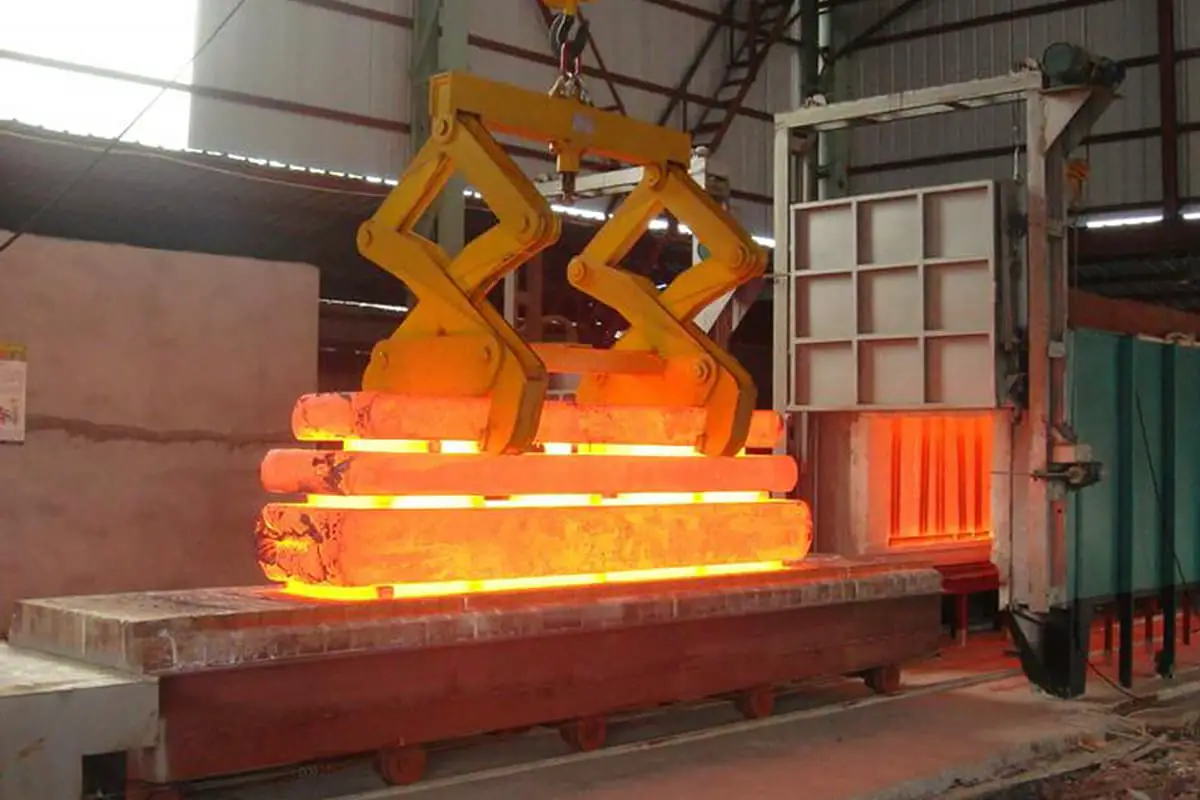
Quenching deformation primarily results from the cooling process. The appropriate choice of quenching medium, proficient operation skills, and each step in the cooling process directly influence the quenching deformation of the workpiece.
To ensure the hardness of the workpiece meets the design requirements after quenching, a milder quenching medium should be used as much as possible during quenching.
For example, using a heated bath medium for cooling (straightening the workpiece while it’s still hot during cooling using a heated bath medium) can be beneficial. As much as possible, air-cooling quenching or a quenching medium with a cooling speed between that of water and oil should be used instead of a dual water and oil quenching medium.
(1) Air-cooling Quenching:
Air-cooling quenching is effective in reducing the quenching deformation of high-speed steel, chromium mold steel, and air-cooled micro-deformed steel.
For 3Cr2W8V steel, which does not require high hardness after quenching, air quenching can also be used to reduce deformation by appropriately adjusting the quenching temperature.
(2) Oil-cooling Quenching:
Oil is a quenching medium with a much slower cooling speed than water. However, for workpieces with high quenching permeability and small size or complex shape, oil’s cooling speed may still be considered too high.
For larger workpieces with poor quenching permeability, oil’s cooling speed may not be sufficient. To resolve these contradictions and fully utilize oil quenching to reduce workpiece quenching deformation, measures such as adjusting the oil temperature and increasing the quenching temperature have been adopted.
(3) Changing the Temperature of Quenching Oil:
Several issues exist when using quenching oil to reduce quenching deformation. When the oil temperature is too low, quenching deformation is still high, and when the oil temperature is too high, it is difficult to ensure the hardness of the workpiece after quenching.
For some workpieces, increasing the temperature of the quenching oil may actually increase deformation due to the combined effects of shape and material. Therefore, it is essential to determine the oil temperature for quenching based on the actual conditions of the workpiece material, cross-section size, and shape through experimentation.
During hot oil quenching, to avoid fire caused by high oil temperatures due to quenching cooling, necessary firefighting equipment should be provided near the oil tank.
Additionally, the quality of the quenching oil should be checked regularly, and it should be replenished or replaced in a timely manner.
(4) Increasing Quenching Temperature:
This method is suitable for small cross-section carbon steel workpieces and slightly larger alloy steel workpieces that cannot achieve the required hardness after oil quenching at normal quenching temperatures.
By appropriately increasing the quenching temperature and then oil quenching, both hardening and deformation reduction can be achieved. Pay attention to prevent potential issues such as grain coarsening, reduced mechanical properties, and decreased service life of the workpiece caused by increased quenching temperature when using this quenching method.
(5) Graduated, Isothermal Quenching:
When the hardness can meet the design requirements, the graduated, isothermal quenching of the heated bath medium should be fully utilized to reduce quenching deformation.
This method is equally effective for low-permeability, small cross-section carbon structural steel and tool steel, especially for high-permeability chromium mold steel and high-speed steel workpieces.
The graduated, isothermal quenching cooling method is the basic quenching method for these types of steel. Similarly, this method is also effective for carbon steel and low-alloy structural steel with lower hardness requirements after quenching.
In the process of utilizing hot bath quenching, the following points should be taken into consideration:
The proficiency of operations during the cooling process greatly impacts the distortion resulting from quenching, especially when using quenching mediums such as water or oil, where operational proficiency is even more crucial.
(1) Correct Direction for Immersion in Quenching Medium:
Generally, cross-sectionally symmetric and elongated rod-like workpieces are vertically immersed in the quenching medium, while asymmetric workpieces can be diagonally immersed.
The correct direction for immersion is one that allows for the uniform cooling of all parts of the workpiece. The slower cooling parts should be immersed in the quenching medium first, followed by the faster cooling parts.
In actual production, it is important to pay attention to the impact of the workpiece’s shape on cooling speed. A larger surface area of the workpiece does not necessarily mean faster cooling, especially if the shape of that part is complex.
Uneven cooling could potentially lead to slower cooling speeds than parts with smaller surface areas. Therefore, the direction of entry into the quenching medium should be determined based on the specific shape of the workpiece.
(2) Movement of the Workpiece in the Quenching Medium:
The slower cooling parts should move against the flow of water. Symmetrical workpieces should move in a symmetric and uniform route in the water, with small motion amplitude and high speed.
Elongated thin workpieces should be stable when immersed in the quenching medium, and they should not sway. These types of workpieces are best quenched using pliers instead of being tied with wire.
(3) Speed of Workpiece Immersion in the Quenching Medium:
The speed of workpiece immersion in the quenching medium should be fast. Particularly for elongated, tubular workpieces, slow immersion speeds can lead to increased bending and distortion, and cause a greater difference in distortion between the parts of the tubular piece that are immersed first and last.
(4) Cooling with Added Protection:
Workpieces with significant differences in cross-sectional dimensions should have the faster-cooling parts bound and protected with materials like asbestos rope or sheet metal to reduce the cooling speed of these parts, thereby ensuring uniform cooling of all parts of the workpiece.
(5) Cooling Time of the Workpiece in Water:
For workpieces primarily distorted due to internal stress, the cooling time in water can be shortened. Conversely, for workpieces primarily distorted due to thermal stress, the cooling time in water can be appropriately extended to reduce distortion after quenching.

